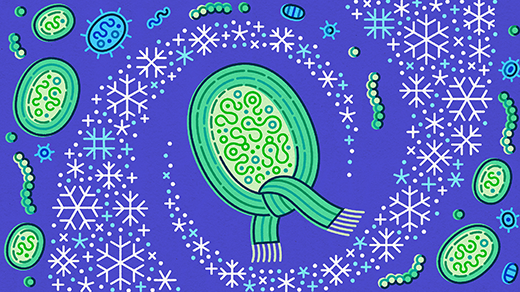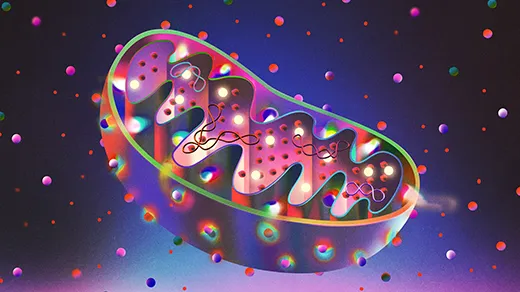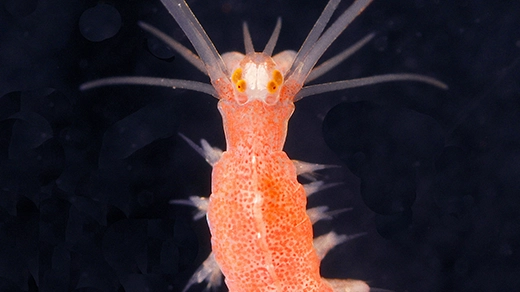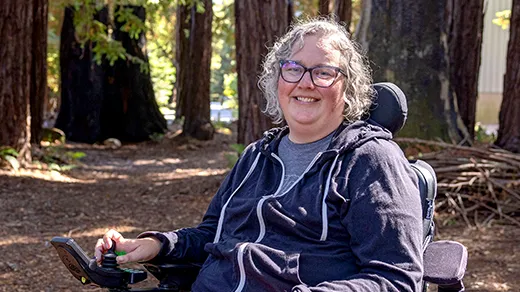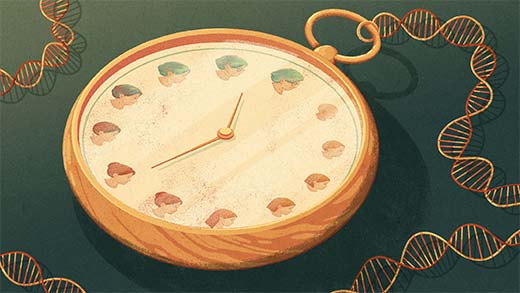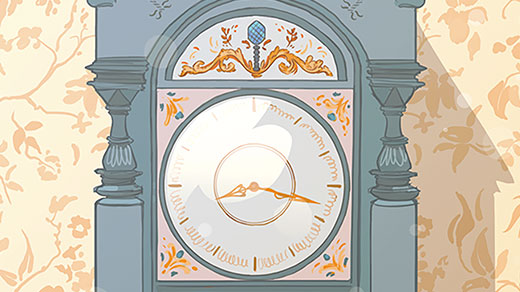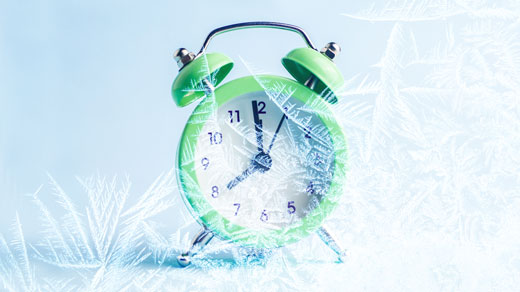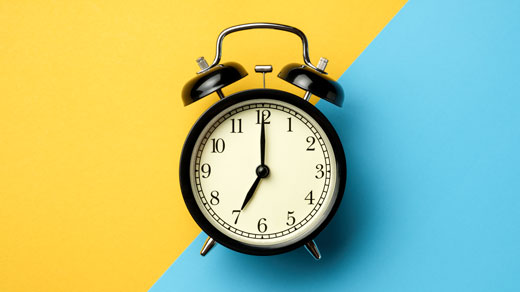What's up in
Chronobiology
Latest Articles
Even a Single Bacterial Cell Can Sense the Seasons Changing
Though they live only a few hours before dividing, bacteria can anticipate the approach of cold weather and prepare for it. The discovery suggests that seasonal tracking is fundamental to life.
Across a Continent, Trees Sync Their Fruiting to the Sun
European beech trees more than 1,500 kilometers apart all drop their fruit at the same time in a grand synchronization event now linked to the summer solstice.
The Year in Biology
In a year packed with fascinating discoveries, biologists pushed the limits of synthetic life, probed how organisms keep time, and refined theories about consciousness and emotional health.
How This Marine Worm Can Tell Moonglow From Sunbeams
For the first time, scientists have decoded the molecular structure of a protein that helps to sync a biological clock to the phases of the moon.
In Our Cellular Clocks, She’s Found a Lifetime of Discoveries
For decades, Carrie Partch has led pioneering structural research on the protein clockwork that keeps time for our circadian rhythm. Is time still on her side?
Epigenetic ‘Clocks’ Predict Animals’ True Biological Age
A statistical analysis of chemical tags on DNA may help unify disparate theories of aging.
The Body’s Clock Offers a Rhythmic Target to Viruses
Viruses and other parasites may sync with their host’s biological clock — or reset it — to gain an advantage.
The Overlooked Link Between Two of This Year’s Nobel Prizes
To better understand the molecules described by the latest prize in medicine, we will need the technique recognized by the latest prize in chemistry.
Nobel Prize Awarded for Biological Clock Discoveries
Three U.S. biologists share the Nobel Prize in Medicine for their research into the molecular mechanism that drives circadian rhythm.
